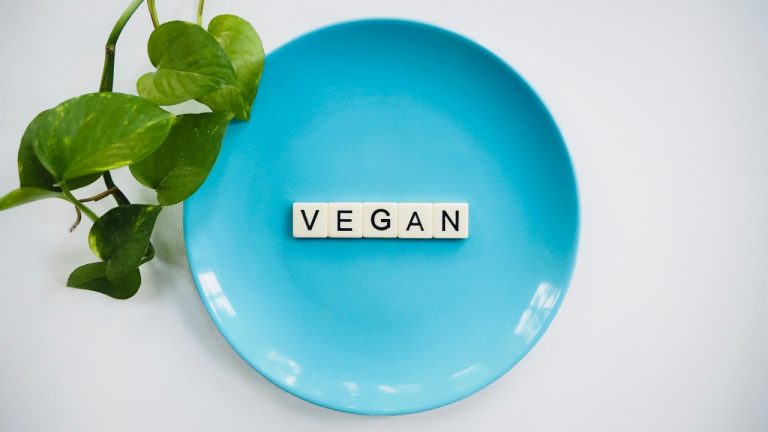Fluid Retention

Fluid retention, also known as edema, is a condition characterized by the buildup of excess fluid in the body’s tissues. It can occur in various parts of the body, but it is most commonly noticed in the hands, feet, ankles, and legs. Mild fluid retention is usually not a cause for concern and maybe a normal response to factors like hot weather, standing for extended periods, or certain dietary habits. However, persistent or severe fluid retention may be a sign of an underlying medical condition that requires attention.
Causes of Fluid Retention:
Inactivity: Prolonged periods of inactivity or immobility, such as sitting or standing for long hours, can lead to fluid pooling in the lower extremities.
Diet: Consuming excessive amounts of salt (sodium) in the diet can lead to water retention in the body. Processed foods, fast foods, and high-sodium snacks are common sources of excess sodium in the diet.
Hormonal Changes: Hormonal fluctuations during the menstrual cycle, pregnancy, or menopause can contribute to fluid retention in some women.
Medications: Certain medications, such as nonsteroidal anti-inflammatory drugs (NSAIDs), corticosteroids, and some blood pressure medications, may cause fluid retention as a side effect.
Heart, Liver, or Kidney Conditions: Fluid retention can be a symptom of heart failure, liver cirrhosis, or kidney disease. These conditions can impair the body’s ability to regulate fluid balance.
Lymphatic System Issues: Problems with the lymphatic system, which helps drain excess fluid from tissues, can lead to edema.
Venous Insufficiency: Vein problems, such as varicose veins or deep vein thrombosis (DVT), can cause fluid to accumulate in the legs.
Allergic Reactions: Certain allergic reactions or insect bites can cause localized edema.
Managing Fluid Retention:
The treatment and management of fluid retention depend on the underlying cause. However, some general strategies that may help reduce mild fluid retention include:
Reducing Sodium Intake: Cutting back on sodium-rich foods can help reduce water retention.
Staying Active: Regular physical activity can improve circulation and prevent fluid from pooling in the lower extremities.
Elevating Legs: Elevating the legs above heart level can promote fluid drainage and reduce swelling.
Compression Stockings: Wearing compression stockings can help support veins and reduce swelling in the legs.
Diuretics: In some cases, a doctor may prescribe diuretics to help the body eliminate excess fluid.
Addressing Underlying Conditions: Treating any underlying medical conditions contributing to fluid retention is essential for effective management.
If a person experiences persistent or severe fluid retention, it is crucial to consult a healthcare professional for proper evaluation and diagnosis. Identifying and addressing the underlying cause of fluid retention is essential for managing the condition effectively and maintaining overall health.



